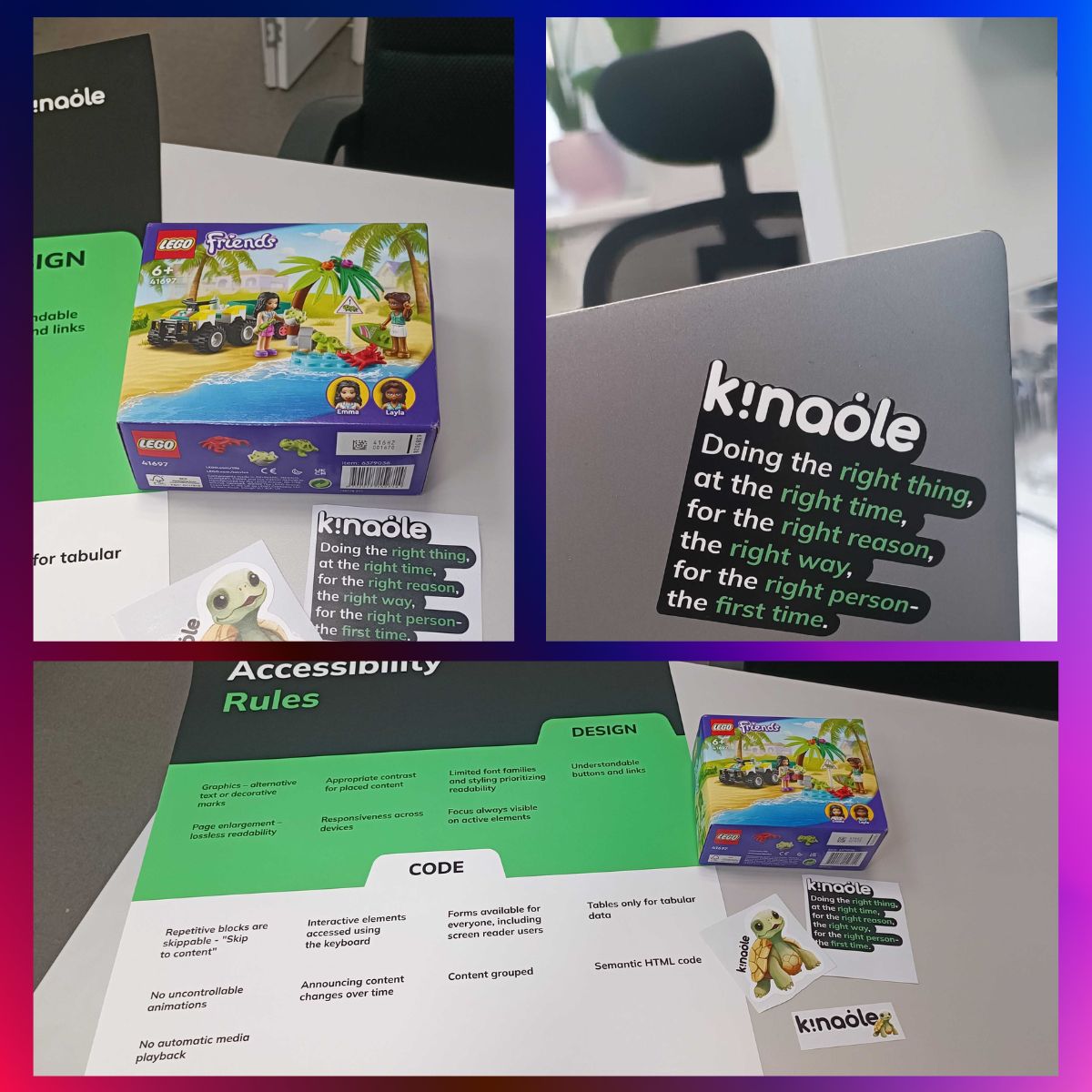
Nie chce ci się czytać? Spoko! Posłuchaj artykułu w formie nagrania tutaj.
Jeśli czasem czujesz, że świat biznesu ma skostniałą, zbiurokratyzowaną naturę, w której każdy zorientowany jest tylko na cyfry, to może poniższa historia pomoże ci na nowo uwierzyć, że są aspekty międzyludzkich relacji, których nie uchwycą żadne słupki i wykresy, a które mogą decydować o sukcesie marki.
Tego tematu pewnie nie byłoby, gdyby nie pewne badania UX, które miałem przyjemność współprowadzić. Ich naczelną ideą było porównanie dwóch sklepów, zajmujących się sprzedażą psiej karmy z segmentu premium. Obydwa miały ciekawą ofertę, więc chcieliśmy poznać opinie w grupie docelowej, a przy tym dowiedzieć się nieco więcej o tym, jak miłośnicy czworonogów dobierają taką karmę — czy mają wypracowane metody w zakresie zmian i jakimi kryteriami się posługują, wprowadzając do diety swojego pupila nową markę.
Spotkaliśmy się zatem ze szczęśliwymi opiekunami i opiekunkami psów rasowych, którzy bardzo świadomie dbają o ich posiłki. W pierwszym etapie dowiedzieliśmy się, że sam proces doboru jest bardzo skomplikowany. Wymaga wiedzy i wyczucia opiekuna. Zwierzak musi stopniowo przechodzić przez proces podmiany karmy, aby dobre intencje właściciela bądź właścicielki nie zakończyły się sensacjami żołądkowymi — zwłaszcza jeśli podopieczny, to pies rasowy.
W drugim etapie przetestowaliśmy wspólnie dwa sklepy. Główną rolę grały odpowiedzi na pytanie, który z nich dany właściciel czworonoga by wybrał i dlaczego. Szczególnie jedna wypowiedź zapadła mi w pamięć:
„Wybrałem <ten> sklep nie z powodu praktycznych argumentów za nim przemawiających, tylko ogólna atmosfera robiła różnicę. Dało się odczuć, że chodzi tam o coś więcej, niż tylko zarabianie pieniędzy. Coś więcej, niż komercyjne sprzedawanie”.
Wypowiedź tej osoby mnie osobiście zainspirowała. Przedstawiła skutek, na który złożył się cały szereg, nie zawsze oczywistych, czynników. Wbrew założeniom, argumentem przemawiającym za jednym ze sklepów nie były rzeczy mierzalne, typu rozwiązania techniczne, czy promocyjne, lecz skomplikowana reakcja emocjonalna wywołana specyficzną „atmosferą” wokół sklepu. Zaufanie do marki przypieczętowała więź oparta na wkładaniu serca w dobro czworonoga, która stała się wspólną wartością sklepu i klienta. Poczuł się on zrozumiany i doceniony. Więź powstała na fundamencie wspólnych wartości wyznawane przez sklep i klient. Uwierzył on, że zaangażowanie w produkt i jego jakość są bezpośrednio tymi wartościami napędzane – nieprostym rachunkiem zysków. Nie trudno zgadnąć, że wywołanie takiego efektu byłoby praktycznie bez szans, gdyby firma zorientowana była na suche liczby.
Myślę, że przytoczone stanowisko właściciela czworonoga to bardzo ciekawa podpowiedź dla wielu biznesów działających w segmentach premium, i nie tylko. Klienci doceniają ludzkie wartości jeśli znajdują je na przykład, w palarni rzemieślniczej kawy, manufakturze czekolady, czy dowolnym innym biznesie, który wspiera miłość i pasję. I nie ma znaczenia czy to będą produkty skierowane dla rodziny, zwierzątek domowych, roślin doniczkowych, czy nawet akcesoria samochodowe dla prawdziwych pasjonatów. Pokazanie, że dzielisz wartości albo pasję z klientami, pomaga zdobyć ich zaufanie.
Po tym spotkaniu umocniło się moje przekonanie, że niezależnie od statystycznej poprawności, wskaźników efektywności i KPI-ów, warto pokazywać tę ludzką twarz biznesu. Co prawda, logicznie rzecz biorąc, głównym celem każdej firmy jest utrzymanie się na rynku, zdobywanie klientów i zysk finansowy, ale z drugiej strony, w czasach dużej konkurencyjności i niepewnego rynku, logika już nie wystarcza i samymi cyframi coraz trudniej konkurować. Transakcje coraz bardziej opierają się na jakości relacji, budowaniu zaufania i lojalności. A tymi w dużej mierze sterują emocje.
Jeśli prowadzisz tego typu biznes, to zachęcam Cię do zastanowienia się, jak pokazać, że za Twoim logo kryje się coś więcej, niż zarabianie. Jakie działania podejmujesz świadomie, aby pielęgnować w klientach poczucie bycia zrozumianymi, docenionymi i.. zaopiekowanymi?
Zachęcam do pielęgnowania ludzkiego oblicza biznesu, bo to naprawdę procentuje.















